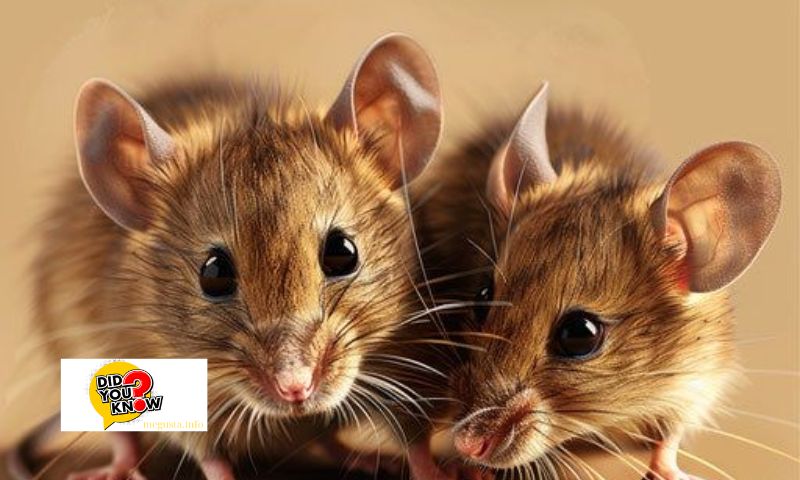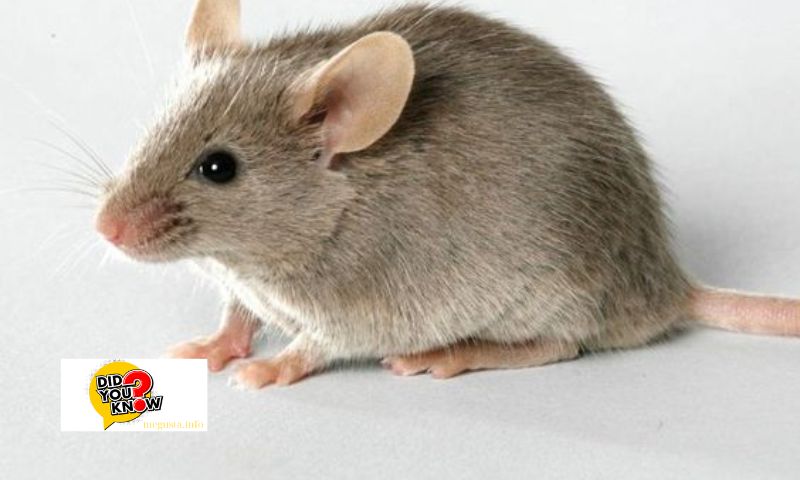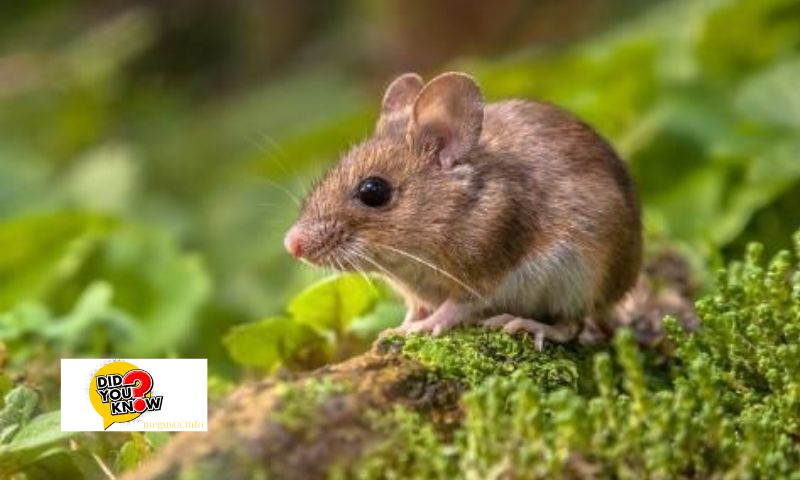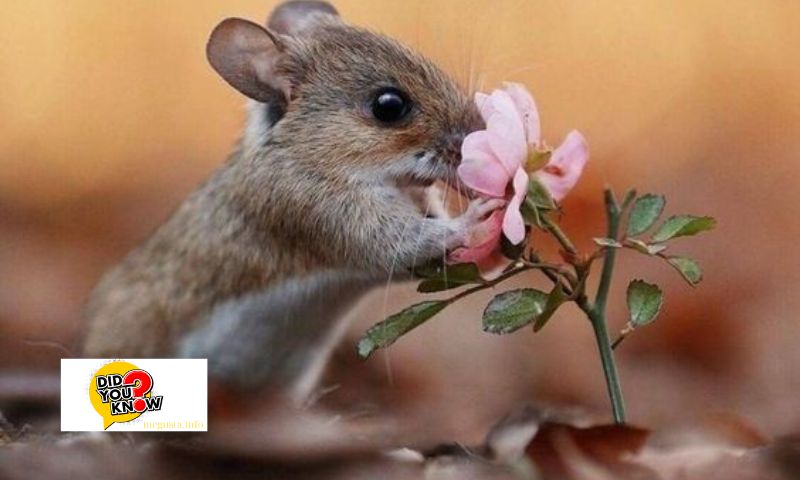Understanding the life cycle of a mouse is crucial for various reasons, including scientific research and effective pest control. Mice are small mammals that undergo several distinct stages in their life cycle, from birth to adulthood and eventually old age. This article from Megusta.info explores each stage in detail, including factors that affect their life cycle, their reproduction and population dynamics, and how they compare to other rodents.
Stages of a Mouse’s Life Cycle

Birth and Early Development
The life cycle of a mouse begins with birth. Female mice, after a gestation period of about 19 to 21 days, give birth to a litter of pups. A typical litter consists of 6 to 12 pups, though this number can vary. Newborn mice are blind, deaf, and hairless, making them highly dependent on their mother for warmth and nutrition. During the first few days of life, the mother nurses the pups frequently, ensuring they receive adequate milk to grow and develop.
Juvenile Stage
As they enter the juvenile stage, around two weeks after birth, the pups begin to open their eyes and grow fur. This stage marks significant growth and development milestones. By the third week, they start to wean off their mother’s milk and begin eating solid food. Juvenile mice are very active and curious, learning social behaviors and exploring their surroundings. This period is crucial for their survival skills, as they learn to forage for food and avoid predators.
Adulthood
Mice reach reproductive maturity at around 6 to 8 weeks of age, entering the adult stage of their life cycle. Adult mice are prolific breeders; a single female can produce up to 10 litters per year under optimal conditions. The typical lifespan of an adult mouse in the wild is about one year due to predation and environmental hazards. However, in captivity, mice can live up to two to three years, benefiting from a controlled environment and consistent food supply. Adult mice play a vital role in the ecosystem, serving as prey for many predators and contributing to the food web.
Old Age and Death
In their old age, mice exhibit signs of aging, such as graying fur, reduced activity, and slower movements. Common health issues include tumors, dental problems, and respiratory infections. Natural causes of death in mice often include predation, disease, and the gradual decline of bodily functions. Understanding the aging process in mice is important for scientific studies, especially those related to genetics and human health.
Factors Affecting the Life Cycle

Genetic Factors
Genetics plays a significant role in the life cycle of a mouse. Different breeds of mice can have varying lifespans and reproductive rates. For instance, laboratory mice, bred for research purposes, often have different genetic traits compared to wild mice. These genetic differences can influence their susceptibility to diseases, growth rates, and overall longevity.
Environmental Factors
The environment in which a mouse lives significantly impacts its life cycle. Factors such as temperature, availability of food, and presence of predators can all influence a mouse’s growth and survival. Mice living in urban areas may face different challenges compared to those in rural settings. Urban mice often have access to abundant food sources but must navigate human-made hazards and pest control measures.
Human Influence
Humans have a considerable influence on the life cycle of mice. Domestication and captivity can extend a mouse’s lifespan due to the absence of predators and consistent food supply. However, pest control methods, such as traps and poisons, are designed to reduce mouse populations in human habitats. These methods can significantly impact the population dynamics and life expectancy of mice in urban areas.
Reproduction and Population Dynamics
Mice are known for their high reproductive rates, which play a crucial role in their population dynamics. Mating behaviors in mice are driven by pheromones and social interactions. Female mice are capable of becoming pregnant immediately after giving birth, leading to overlapping generations within a short period.
A female mouse can give birth to a litter every three weeks, with each litter consisting of multiple pups. This rapid reproduction rate allows mouse populations to grow quickly, especially in environments with abundant resources. However, high predation rates and environmental factors often balance these populations in the wild.
In urban environments, controlling mouse populations is a significant concern. Effective pest control measures, such as using traps and maintaining clean living spaces, can help manage mouse populations and reduce the risk of infestations.
Comparison with Other Rodents
While the life cycle of a mouse shares similarities with other rodents, such as rats and hamsters, there are also distinct differences. For instance, mice and rats have similar reproductive strategies, but rats tend to have slightly longer lifespans and larger body sizes. Hamsters, on the other hand, have different social behaviors and nesting habits compared to mice.
Mice are more prolific breeders than many other rodents, making them a common subject for scientific research. Their rapid life cycle and genetic similarities to humans make them valuable models for studying genetics, diseases, and developmental processes.
Importance of Studying Mouse Life Cycle

Studying the life cycle of a mouse is important for several reasons. In scientific research, mice are used as model organisms to understand human biology and disease. Their short lifespan and rapid reproduction rates make them ideal for genetic and biomedical studies. Insights gained from mouse studies can lead to advancements in medical treatments and understanding of human diseases.
In pest management, understanding the life cycle of a mouse helps in developing effective control strategies. Knowing when and how mice reproduce can inform the timing of pest control measures, reducing the risk of infestations in homes and businesses.
Educationally, learning about the life cycle of a mouse can provide insights into broader ecological and biological concepts. It highlights the interconnectedness of species and the importance of maintaining balanced ecosystems.
Conclusion
The life cycle of a mouse encompasses several distinct stages, from birth and early development to adulthood and old age. Various factors, including genetics, environment, and human influence, affect this life cycle. Understanding these stages and factors is crucial for scientific research, pest management, and ecological education. Mice, with their rapid reproduction and adaptability, continue to play a significant role in both natural ecosystems and human environments.
By studying the life cycle of a mouse, we gain valuable insights into broader biological processes and the impacts of environmental and genetic factors on living organisms. This knowledge not only aids in managing mouse populations but also contributes to scientific advancements that benefit human health and understanding of the natural world.
FAQs (Frequently Asked Questions)
What is the average lifespan of a mouse?
The average lifespan of a mouse in the wild is about one year, while mice in captivity can live up to two to three years.
How many pups can a female mouse have in a single litter?
A female mouse can have between 6 to 12 pups in a single litter, though this number can vary.
What factors influence the life cycle of a mouse?
Genetic factors, environmental conditions, and human influence all play significant roles in the life cycle of a mouse.
How often can a female mouse reproduce?
Female mice can reproduce every three weeks, immediately after giving birth, leading to multiple litters in a year.
Why are mice used in scientific research?
Mice are used in scientific research due to their genetic similarities to humans, short lifespan, and rapid reproduction rates, making them ideal for studying genetics and diseases.
What are common health issues in aging mice?
Common health issues in aging mice include tumors, dental problems, and respiratory infections.

